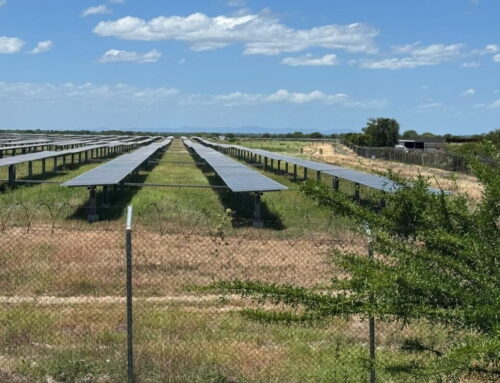Letter: Building a grid to power future demand
November 5, 2025
To the editor:
In recent years, the U.S. has shifted to using a wider mix of energy sources located across the country. These resources help make our electric grid stronger, keep power flowing during disruptions, and create new jobs and business opportunities.
However, a sharp increase in energy demand is on the horizon. According to the Brattle Group, it is estimated that by 2035, the amount of electricity Americans use each year will increase by about 53% compared to 2024, while the highest levels of electricity needed at any one time will grow by around 36%. This means continued investment in the electric grid must be a priority.
One of the greatest challenges to meeting growth in both electricity usage and peak demand is the lack of necessary transmission infrastructure to connect generation to the electric grid. The electric transmission system in the U.S. was originally designed to connect centralized sources of generation to places where demand for energy was high.
A notable example is the growth of renewable energy, such as wind and solar. Electricity produced from renewable energy resources exceeded those produced by nuclear and coal in 2021 and 2022 respectively, according to the Energy Information Administration. The development of these renewable resources has not only diversified the country’s generation mix, but has also brought numerous economic benefits, especially to rural areas where these projects are most often located.
Wind and solar projects can boost local economies by generating new tax revenues that bolster rural county budgets, provide an additional source of income to landowners, and create jobs throughout their development and operation.
Investing in the transmission system is essential to meet growing electricity demand, connect consumers to affordable electric sources like renewables, and make the electric system more resilient.
Cora Hoffer
Senior policy associate
Center for Rural Affairs
Lyons, NE
Established in 1973, the Center for Rural Affairs is a private, nonprofit organization working to strengthen small businesses, family farms and ranches, and rural communities through action oriented programs addressing social, economic, and environmental issues.
Search
RECENT PRESS RELEASES
Related Post




